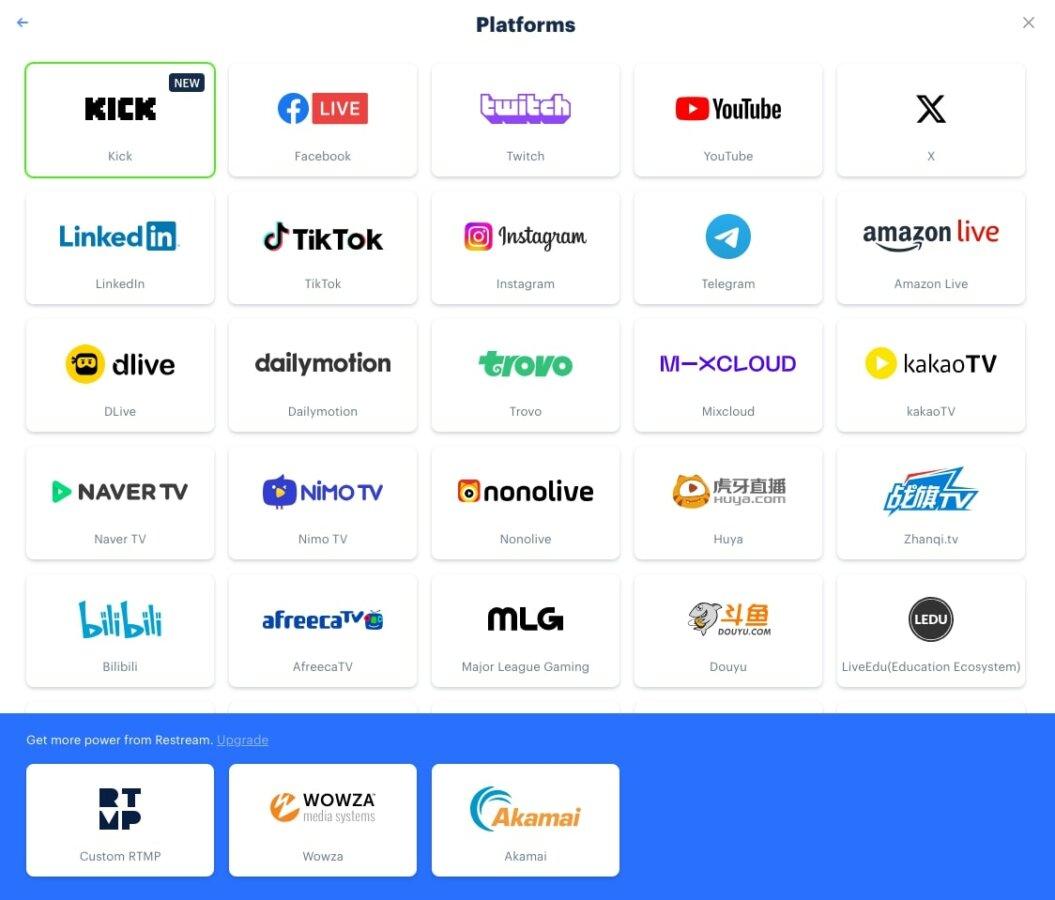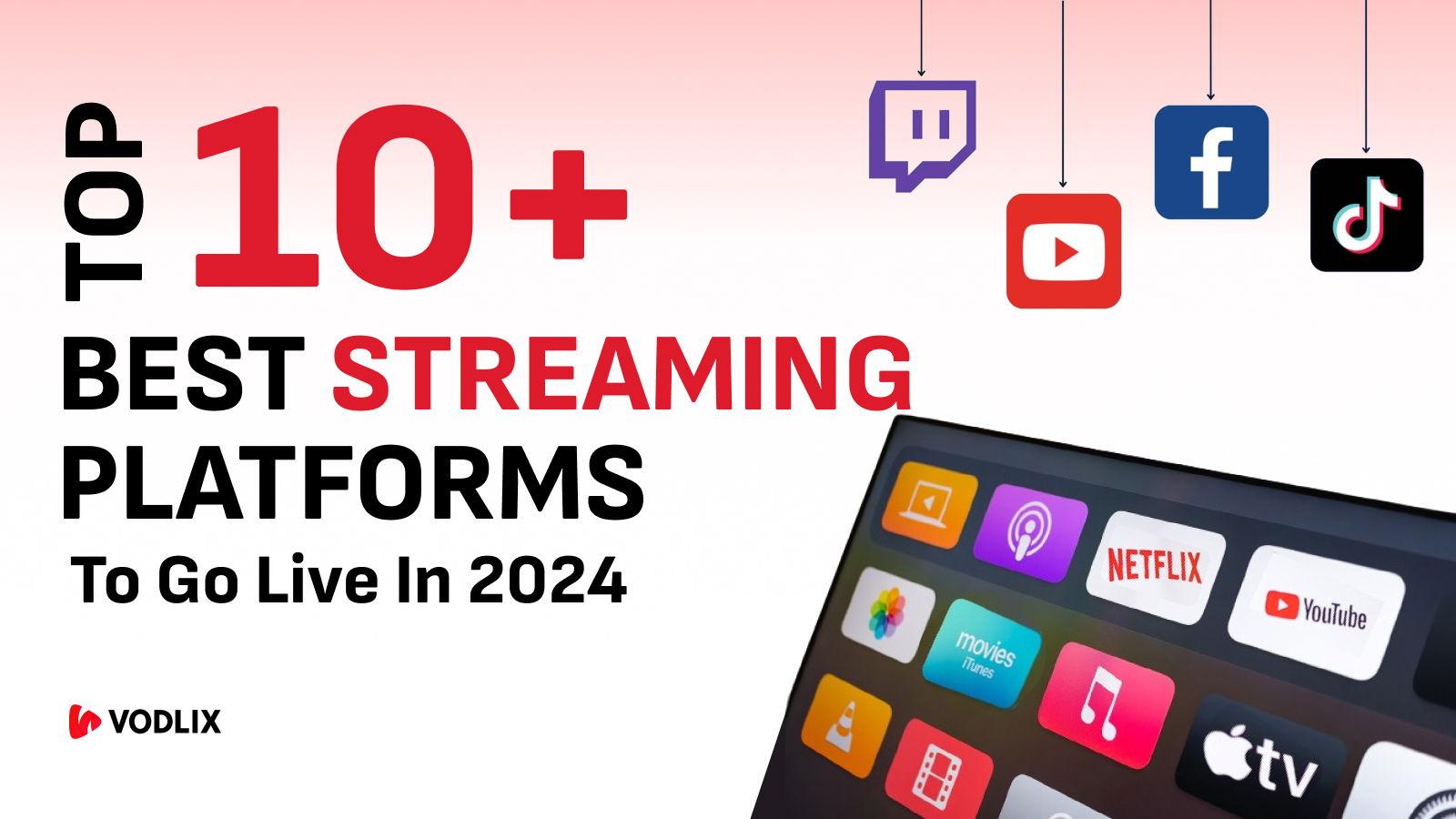In today’s rapidly evolving digital landscape, traditional cable television is increasingly being overshadowed by live TV streaming platforms that offer the flexibility and convenience modern viewers demand. These platforms not only provide real-time access to a wide array of channels but also integrate robust on-demand features, allowing users to tailor their viewing experiences to fit their schedules. As the competition among these services intensifies, understanding their unique offerings and capabilities becomes essential for consumers seeking the optimal blend of live broadcasting and on-demand content. This article delves into the best live TV streaming platforms available, examining their strengths and weaknesses to help you make an informed decision in this dynamic market.
Evaluating Content Variety and Library Size
When choosing a live TV streaming platform, the variety of content and the size of the library are crucial factors. Content variety refers to the range of channels and genres available, from sports and news to entertainment and lifestyle. A platform with a diverse selection can cater to multiple interests, ensuring that every viewer finds something appealing. Meanwhile, a robust library size is essential for on-demand features, offering a vast collection of past episodes, movies, and exclusive content.
- Hulu + Live TV: Known for its extensive library, it provides a mix of live channels and an impressive on-demand catalog, including original series.
- Netflix: Although not a traditional live TV service, it offers a massive on-demand library with a focus on original content.
- YouTube TV: Offers a broad range of live channels along with a growing selection of on-demand content.
Platforms that successfully balance both live and on-demand offerings provide a more comprehensive viewing experience. Evaluating these aspects helps in selecting a service that meets both immediate viewing needs and long-term entertainment satisfaction.

Analyzing User Interface and Accessibility
When evaluating live TV streaming platforms, the user interface plays a pivotal role in shaping the viewer’s experience. A well-designed interface should be intuitive, allowing users to easily navigate between live broadcasts and on-demand content. Look for platforms that offer:
- Clear and concise menus that minimize the number of clicks needed to find desired content.
- Customizable layouts that cater to personal viewing preferences.
- Responsive design that maintains functionality across different devices and screen sizes.
Equally important is the platform’s commitment to accessibility. Features such as voice commands, screen readers, and closed captions can significantly enhance the experience for users with disabilities. Consider platforms that prioritize:
- High contrast modes for better visibility.
- Keyboard navigation for those who rely on alternative input methods.
- Comprehensive language support to cater to a diverse audience.
By analyzing these aspects, users can choose a streaming service that not only entertains but also accommodates a wide range of needs and preferences.

Comparing Pricing Models and Subscription Flexibility
When exploring live TV streaming platforms, it’s essential to consider the variety of pricing models and the flexibility of subscriptions they offer. Many services adopt a tiered pricing structure, allowing users to choose from basic to premium packages, each with varying channel lineups and features. This tiered approach caters to diverse viewing preferences and budgets, ensuring that both casual viewers and dedicated TV enthusiasts find a suitable option.
- Monthly vs. Annual Plans: Some platforms offer discounts for annual subscriptions, appealing to those committed to a long-term service.
- Free Trials: A number of services provide free trial periods, enabling users to explore features and content without initial financial commitment.
- Cancellation Policies: Flexible cancellation policies, such as no-contract options, are attractive to users who prioritize the freedom to switch services without penalties.
Additionally, many platforms bundle on-demand content with live TV, enhancing the value proposition. This combination often justifies the cost, as subscribers gain access to a vast library of shows and movies alongside live broadcasts. As the streaming landscape continues to evolve, understanding these pricing nuances helps consumers make informed decisions tailored to their viewing habits.

Assessing Device Compatibility and Streaming Quality
When selecting a live TV streaming platform, ensuring device compatibility and optimal streaming quality is crucial for a seamless viewing experience. Most platforms offer broad compatibility, supporting a range of devices such as smart TVs, gaming consoles, streaming sticks, and mobile devices. However, it’s essential to verify that your specific device is supported to avoid any last-minute surprises. For instance, while some services are universally compatible, others may not be available on older devices or certain operating systems.
Streaming quality is another critical factor. Look for platforms that provide at least HD streaming, with 4K options available for select content, to ensure a crisp and clear viewing experience. Consistent and reliable streaming often depends on the platform’s adaptive bitrate technology, which adjusts the video quality based on your internet speed. Additionally, consider whether the service offers DVR capabilities and simultaneous streaming options, as these features can significantly enhance your viewing flexibility and convenience.
- Device Compatibility: Check the service’s website for a list of supported devices.
- Streaming Quality: Prioritize platforms with adaptive bitrate technology.
- Additional Features: Look for DVR and multi-streaming capabilities.



